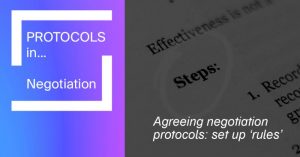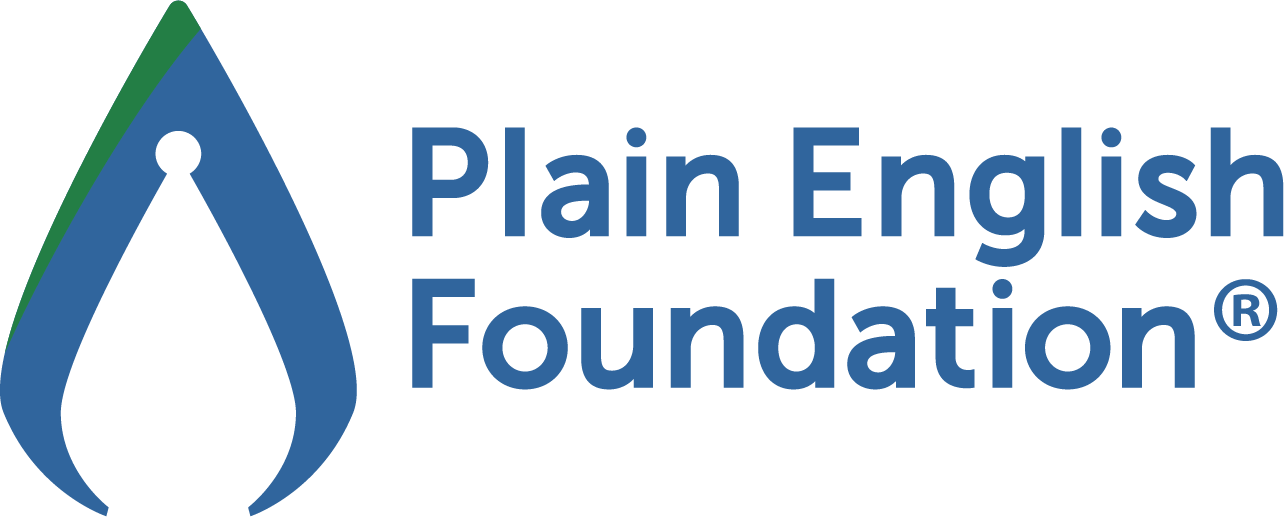Personal needs are individual, powerful motivators. How will you remember this – particularly during the give-and-take of stressful negotiations?
Broaden your thinking
Individual needs drive decision-making. This is why the key skill for building a strategy to guide the negotiation process is to understand the other party’s needs. At ENS, we recommend that you focus on the other party’s needs before your own.
Understand the level of needs
It is useful to identify two levels of needs: organizational needs and personal needs.
To simplify this, and help keep it front-of-mind, we identify three types of organizational or public needs that negotiators commonly refer to:
- the need for financial return
- the need to control risk
- the need to build relationships
Then there are the three types of personal or private needs which usually aren’t discussed:
- the need for personal reward
- the need for personal recognition, and
- the need for revenge or payback
Remember that while these personal needs may not be part of the formal negotiation discussion, they are always present, and they are powerful, hidden motivators impacting on individual decision-making.
Diagnose and anticipate needs
Prior to the formal negotiation, it’s important to diagnose and anticipate the needs of the other party. Then, during the negotiation process, keep asking yourself ‘what needs lie behind their questions and comments’? After the negotiation, closely observe the other party’s behaviour and notice what needs are being acted upon.
Ask yourself: ‘What are the stated, organizational needs AND what are the unstated, personal, hidden needs of the other side?’
Tips for diagnosing needs
Here are some tips for developing a needs-focused strategy for commercial or everyday negotiations.
1. Diagnose the other party’s needs before identifying your own. (If we give attention to our own needs first, it tends to blind us to ‘seeing’ the other’s needs.)
2. Separate your diagnosis for understanding the other party’s needs into two levels:
- their overt, stated, public, organisational objectives, and
- their unstated, more private, personal, hidden needs
3. Identify your own needs at both the organizational and personal levels
4. Take both sets of needs and start developing your strategy by focusing on the common ground.
To discuss this article in more depth or to explore developing your negotiation capabilities further please contact us on +612 9299 9688.










